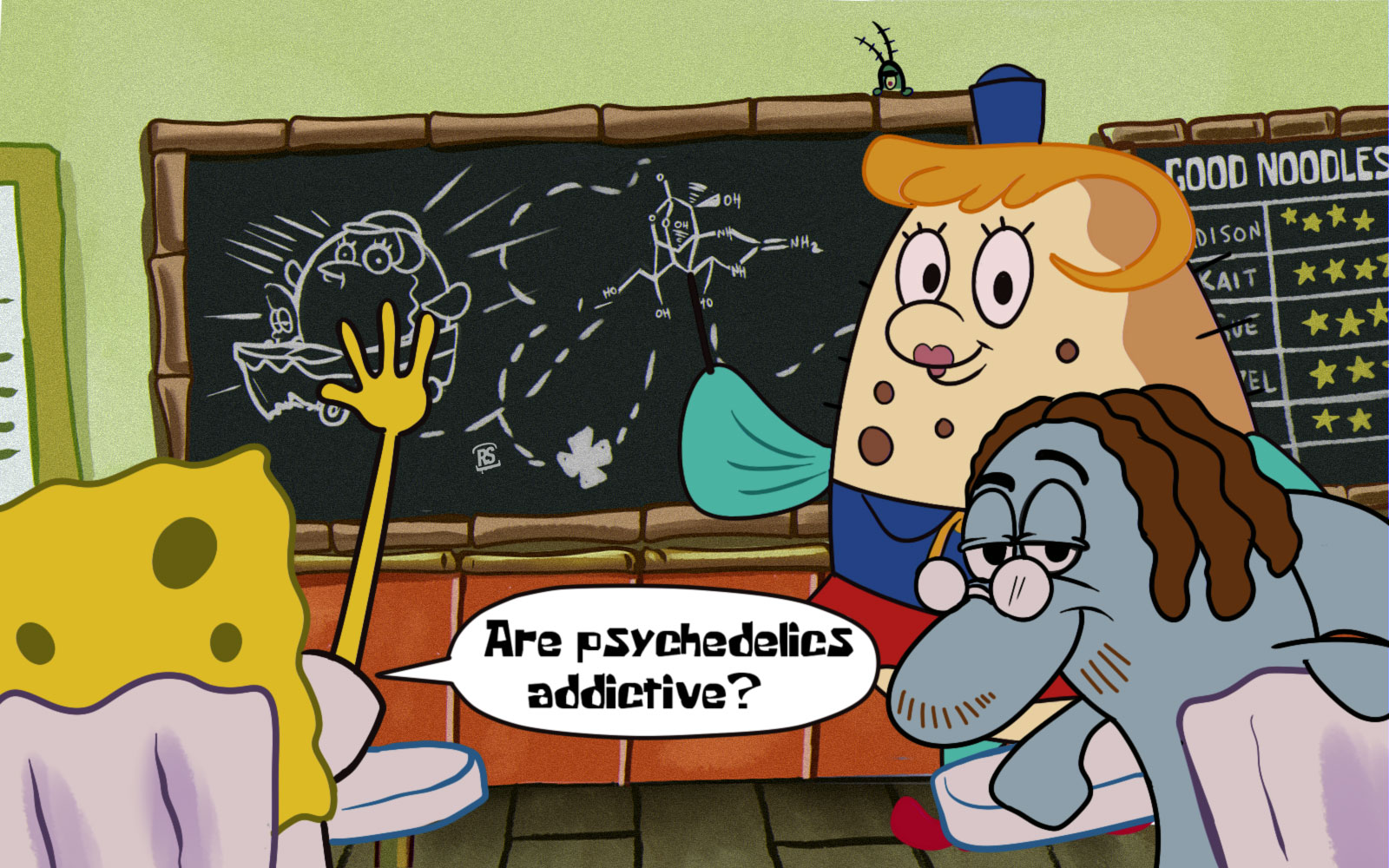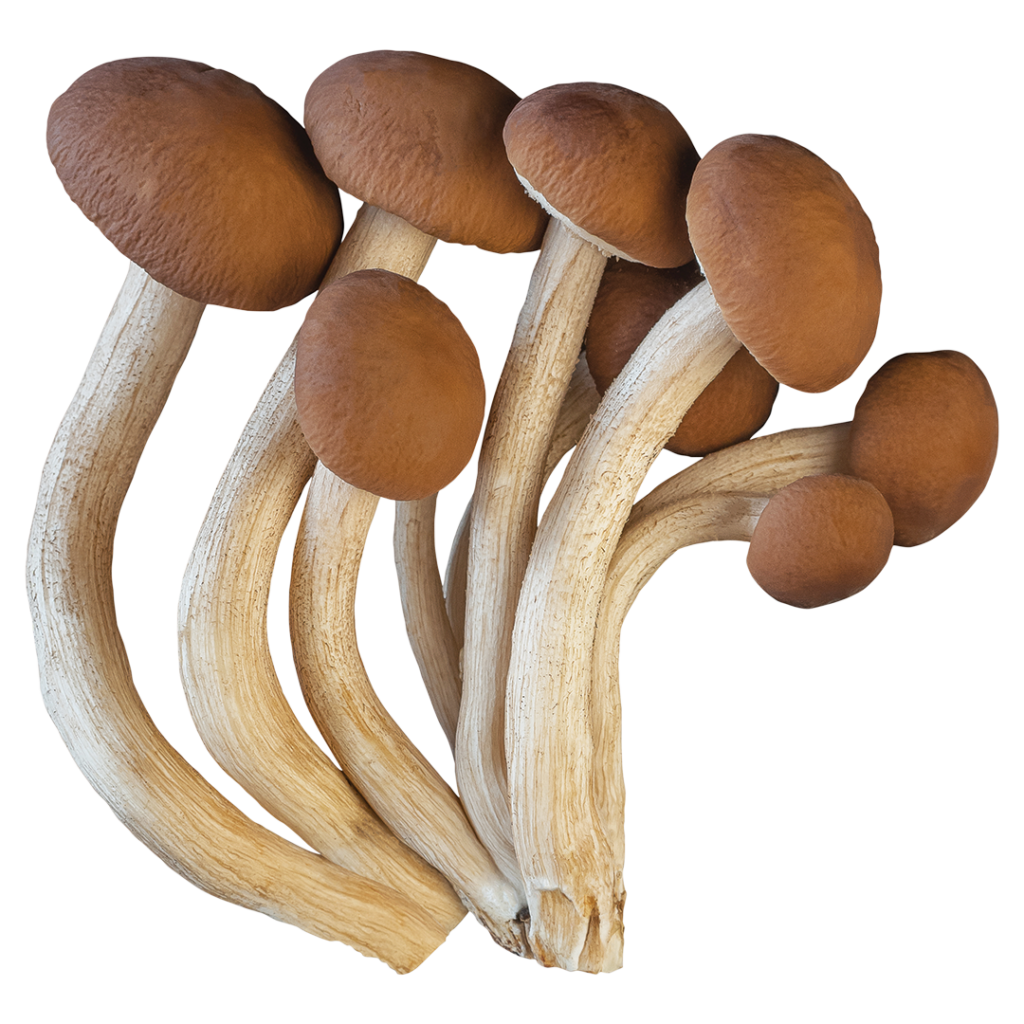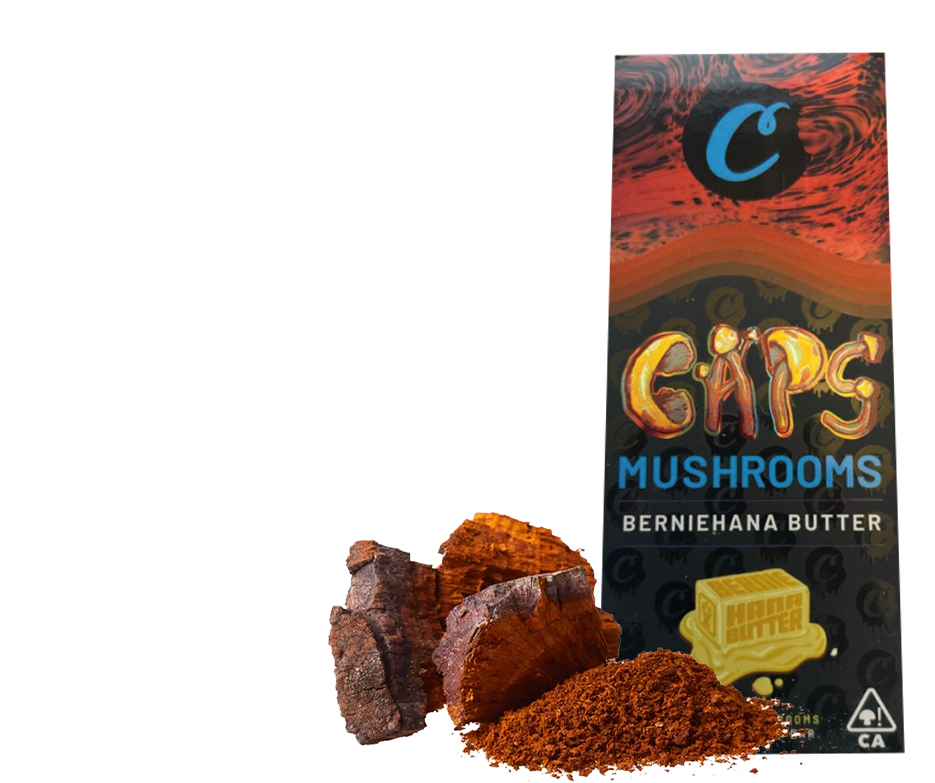Psychedelics are having a moment right now as more and more people are exploring the potential benefits of microdosing and therapeutic use in medical settings. Research is expanding to include prestigious scientists and scholars, including the specially funded John Hopkins Center for Psychedelic and Consciousness Research. It seems the world is open to learning how these substances can be used therapeutically and even in treating diagnoses like depression and post-traumatic stress disorder. Decriminalizing substances like psilocybin and opening doors to ketamine clinics provide access to people who are curious, or perhaps in need of alternative therapy. Since studies are still underway, and the science is so new, there may be more to discover about psychedelic use as the years of research continue. Are psychedelics addictive? Can they permanently alter the brain?
Psychedelics and the Brain
The human brain weighs only three pounds, yet it is the command center for the entire nervous system. Without the brain, there is no function. It controls the way people think, feel, move, talk, remember and so much more. Essentially, your brain is you.
How Does the Brain Work?
The brain is made of white and gray matter, supportive tissues, and nerves connected to the spinal cord. It is a highly complex system that can be described as a highly intelligent supercomputer for the body. This soft mass inside the skull is home to billions of perfectly organized cells within networks. These cells are called neurons, and every neuron has a job to do within the brain. The network of neurons communicates among themselves by firing off signals to other connecting neurons. Each neuron is like a control button that sends information to other neurons within a circuit.
The circuits perform different functions for the body, but they all work together in unison. These neuronal networks fire off signals back and forth throughout the peripheral nervous system, composed of the nerves, spinal cord and brain. To send messages to each other, the neurons create what is called a neurotransmitter. These transmitters cross over the synapses (gaps between the neurons) and then lock into receptors on the neuron it was sent to. The neurotransmitters are then sent back to the original neuron sent from by a transporter molecule. This completes the sharing of information between neurons.
Addiction as a Brain Disease
Drugs interfere with the transmission of neurons in the brain. Some drugs can mimic natural chemicals in the brain, and they can also confuse and disrupt the natural flow of neurotransmitters. There are three areas of the brain that are affected by chronic and prolonged drug use:
- Basal Ganglia — This part of the brain is associated with feelings of pleasure and is referred to as the brain’s reward center. Drugs induce a state of euphoria to fire off in the basal ganglia, and with excessive long-term use, may become less sensitive to stimulation. It’s not just drugs that engage the reward center, but sex, food or any pleasurable activity.
- Extended Amygdala — This part of the brain is related to feelings of anxiety, stress, and unease. In addiction, a person will seek out their particular substance and activity to calm the uncomfortable feelings coming from the extended amygdala. This happens because of the sensitivity in this circuit due to prolonged use of the substance.
- Prefrontal Cortex — This part of the brain relates to problem-solving and critical thinking and the ability to think ahead, plan, and exhibit self-control. The prefrontal cortex is the slowest to develop, which puts youth at greater risk of exhibiting less self-control and seeing into the future. By disrupting the balance among the prefrontal cortex with the basal ganglia and the extended amygdala, a person abusing and overusing a substance may have limited impulse control when it comes to stopping use.
According to the American Society of Addiction Medicine (ASAM), addiction is defined as: “A brain disease indicated by cravings, an inability to abstain from the behavior or substance, dysfunctional emotional responses, and a loss of behavioral control. Compulsive behaviors are often unconscious and perhaps mindless choices.”
However, some schools of thought believe addiction is not a disease at all. Marc Lewis is a neuroscientist challenging the nature of addiction. He believes that overcoming addiction can be as simple as pursuing different goals and unlearning habitual behaviors. His book The Biology of Desire: Why Addiction is Not a Disease suggests that the brain changes that can happen when someone becomes addicted to a drug are the same brain changes that occur when someone falls in love or discovers and pursues a new passion.
“Saying addiction is a disease suggests that the brain can no longer change…that it’s an end state. But no, it’s not end state.…rather than a disease, I would say that addiction is a habit that grows and perpetuates itself relatively quickly when we repeatedly pursue the same highly attractive goal.”
Marc Lewis
Psychedelics can stimulate a release of dopamine and serotonin in the brain. These are pleasurable neurotransmitters that are responsible for the euphoria and blissful state associated with drug use. But as Lewis argues, one simply needs to shift their state of being to engage with other, healthy pursuits in exchange.
The Reinforcement of Dopamine
Addiction works by engaging the reward center in the brain. Dopamine is a neurotransmitter that is released when experiencing pleasure. Using food as an example, suppose that brownies are someone’s comfort food of choice. Even the smell of them baking can release a dose of dopamine into the brain. When eaten, the brain releases even more dopamine as a reward. The action of eating the brownies reinforces this cycle of motivation to reward.
The same type of cycle can occur with any type of substance or behavior that engages the reward center in the brain. When it comes to psychedelics and other drugs, the same type of process can play out. Being intoxicated by a particular drug can increase dopamine levels and offer reinforcement for their use. Still, research is not yet showing that this involvement with dopamine is directly related to addiction.
Physical Dependencies of Psychedelics
Research is ongoing for many of the drugs listed below. Some clinical trials are providing insight into how each of these substances affects the human brain and body long-term. However, much of this research is still very limited and continually being studied.
Cannabis
The chemical compounds primarily responsible for the effects of cannabis are called phytocannabinoids. The human body contains a neural communication network known as the endocannabinoid system (ECS) that works with naturally occurring endocannabinoids to maintain homeostasis in the body. The cannabinoids found in cannabis (like THC, CBD, etc) attach to neurons in the ECS and affect the nervous system in various ways.
Scientists have recently discovered a gene called CHRNA2 linked to a greater chance of becoming addicted to cannabis. It is believed that roughly 10% of people who use cannabis may experience withdrawal symptoms and cravings associated with quitting use.
MDMA
According to the National Institute on Drug Abuse (NIDA) prolonged and excessive use of MDMA (molly) may lead to physical dependence. But in this case, the concept of ‘tolerance’ and ‘withdrawal’ is more relevant to consider than the notion of addiction. A tolerance for MDMA can quickly develop, urging the user to consume more and more of the drug to experience the same effects. However, with discontinued use, this tolerance level drops dramatically and quickly.
Other studies suggest that withdrawal syndrome from MDMA is insignificant. MDMA stimulates the brain to flood with serotonin and norepinephrine. After stopping use of the drug, or after the last dose, the natural levels of these neurotransmitters ‘crash’ in a sense, and are diminished from their normal levels. These neurotransmitters are responsible for feelings of happiness and wellbeing, and when extremely depleted, can cause severe depression. While MDMA may not be physically addictive, it shows to have some psychological withdrawal symptoms.
Psilocybin
Psilocybin has not been shown to be physically — or even psychologically — addictive in most cases. A visual, auditory, and even spatial psychedelic, this chemical found in magic mushrooms produces an often intense experience for the user. Because of this, users tend to indulge infrequently. Tolerance levels build quickly to psilocybin, and after four days, may become ineffective altogether. Because of psilocybin’s psychedelic nature, it is also not a drug that is often taken in daily life or many people. This also correlates with its minimal, or at least, irregular use.
LSD
Much like psilocybin, LSD has a propensity for building tolerance quickly. A person would not reasonably be able to consume LSD day after day for long periods. NIDA reports that LSD does not appear to cause physical dependence, nor does it promote compulsive, out-of-control behaviors in users. However, it is a highly potent psychedelic with mood-altering effects and should be used cautiously in safe situations. Research does not currently indicate any physical addiction associated with the use of LSD.
DMT
DMT is the active ingredient in ayahuasca and is known as an incredibly potent psychedelic substance. Like LSD and psilocybin, DMT affects the release of the neurotransmitter serotonin. It works similarly on serotonin as MAO inhibitors, such as antidepressants. Overuse or long-term use can result in something known as serotonin syndrome. As with many psychedelics, the side effects are primarily emotional and psychological. However, DMT should not be mixed with several other drugs, or adverse, and even life-threatening effects may occur.
Although rare, some frequent users of DMT may find themselves craving the intense experience of the DMT trip. The otherworldly visuals and pleasurable hallucinations can lead a person to desire more frequent use, though it is not a physical dependency.
Ayahuasca
Just like DMT, there is no evidence supporting the fact that ayahuasca is physically addictive. Ayahuasca is not a street drug, nor is it commonly used in a recreational setting. That is almost unheard of worldwide. Ayahuasca is a ceremonial medicine most often administered in a controlled setting by a shaman, curandero, or curandera. It is used medicinally and in pursuit of spiritual and physical healing. As with any substance, ayahuasca can be abused, but physical dependency is unlikely.
So, Are Psychedelics Addictive?
Much like how mindset, set and setting can affect the experience of a trip, varying types of personalities and situations can affect the likelihood of someone becoming addicted to psychedelics. The intention behind using drugs is a huge determining factor in the likelihood of addiction, whether it is physical or psychological. Suppose one is using drugs to escape reality, cope with stress, or avoid an uncomfortable situation. In that case, it is more likely that they may be susceptible to developing a dependency on the feelings they get from the drug.
Humans are capable of developing habits and addictions to foods, chemicals, people and even ideas. While certain drugs have a greater chance of correlating to addiction, it’s primarily up to the user to determine whether they will make space for that in their lives.















